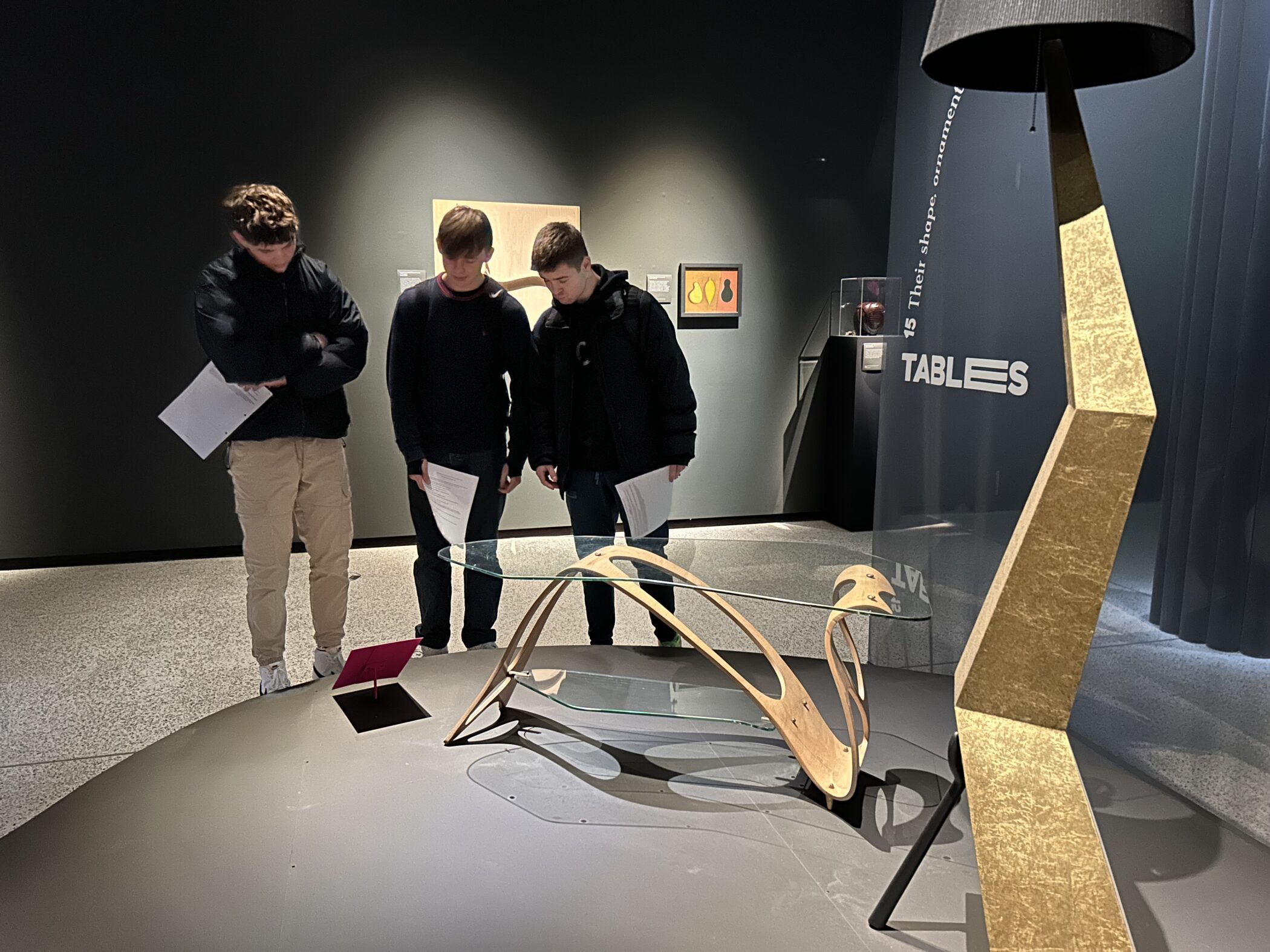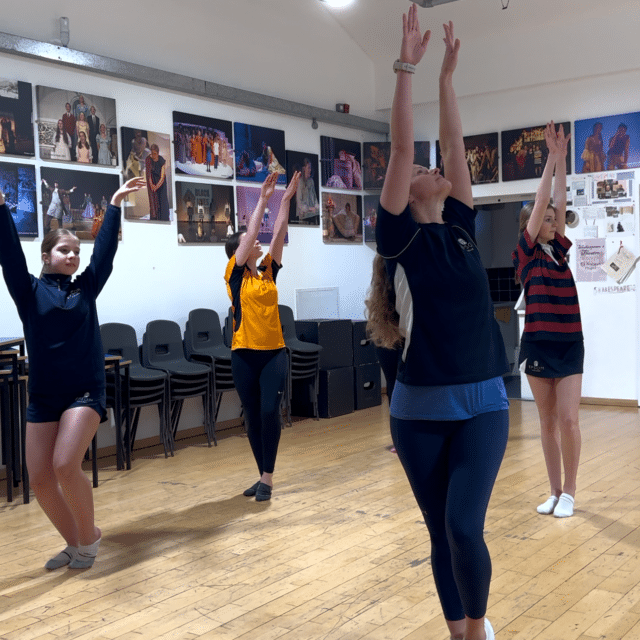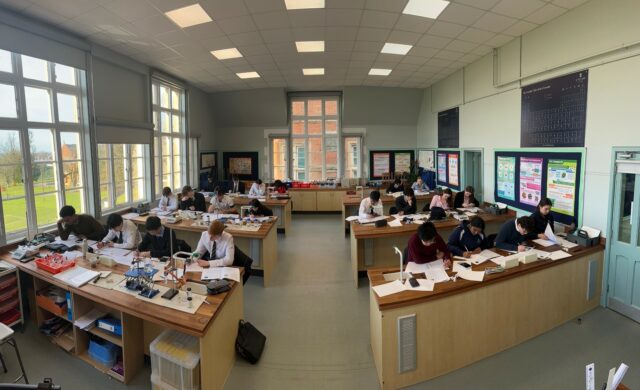Students visited the Design Museum exhibition Objects of Desire: Surrealism and Design 1924-Today which features a wide variety of objects and artwork. Salvador Dali takes centre stage on the art front, and a range of designers have work on show, all illustrating how one of the 20th century’s most influential movements came to impact design. From life-sized plastic horses with lights on their heads to sofas shaped like lips, each object will have undoubtedly given our pupils something to consider particularly around the age-old questions of form over function.
Whilst there, the groups were able to explore the World of ASMR exhibition as well as visit the Design Museum’s permanent exhibition Design Maker User which houses over 1,000 items of 20th and 21st-century design. Conveniently, the themes covered in the exhibitions matched the Section A theory material for the GCSE exam, as well as being directly relevant to the A-level theory.
Alongside their visit to the Design Museum, the Year 10 and Lower Sixth groups were also able to visit the V&A, studying items in the Dr Susan Weber Gallery’s furniture exhibition that document design from 1900 to the present day. Both of these exhibitions have been updated and grown in the past two years.
Miss Wickham said: “Having been unable to conduct any trips over the last two years, it was with delight that we were able to take students back to see exciting exhibitions that inspire them and bring what we’re covering in lessons to life in the real world.
“It might seem obvious how much design has evolved in the life of an Epsom College teenager, however, to be able to appreciate what came before and how materials, processes, technology and global events have influenced rapid change is something more easily understood when being able to see it through the evolution of products.
“Whilst giving pupils the all-important opportunity to see and read about things they can only view online or in books whilst in the classroom, these exhibitions encourage pupils to form opinions to develop through later discussion that will inevitably embed their knowledge.”





